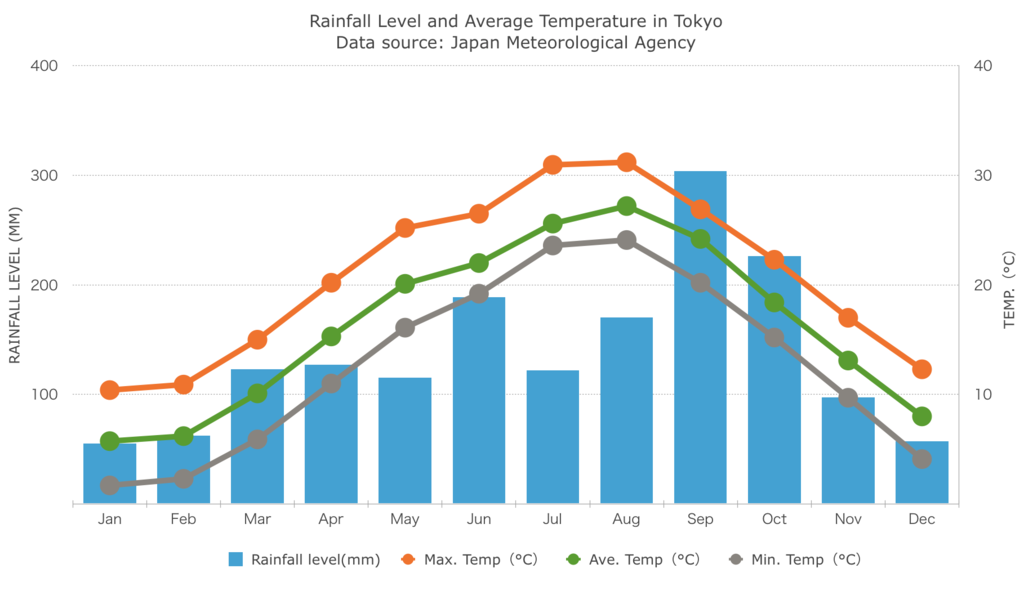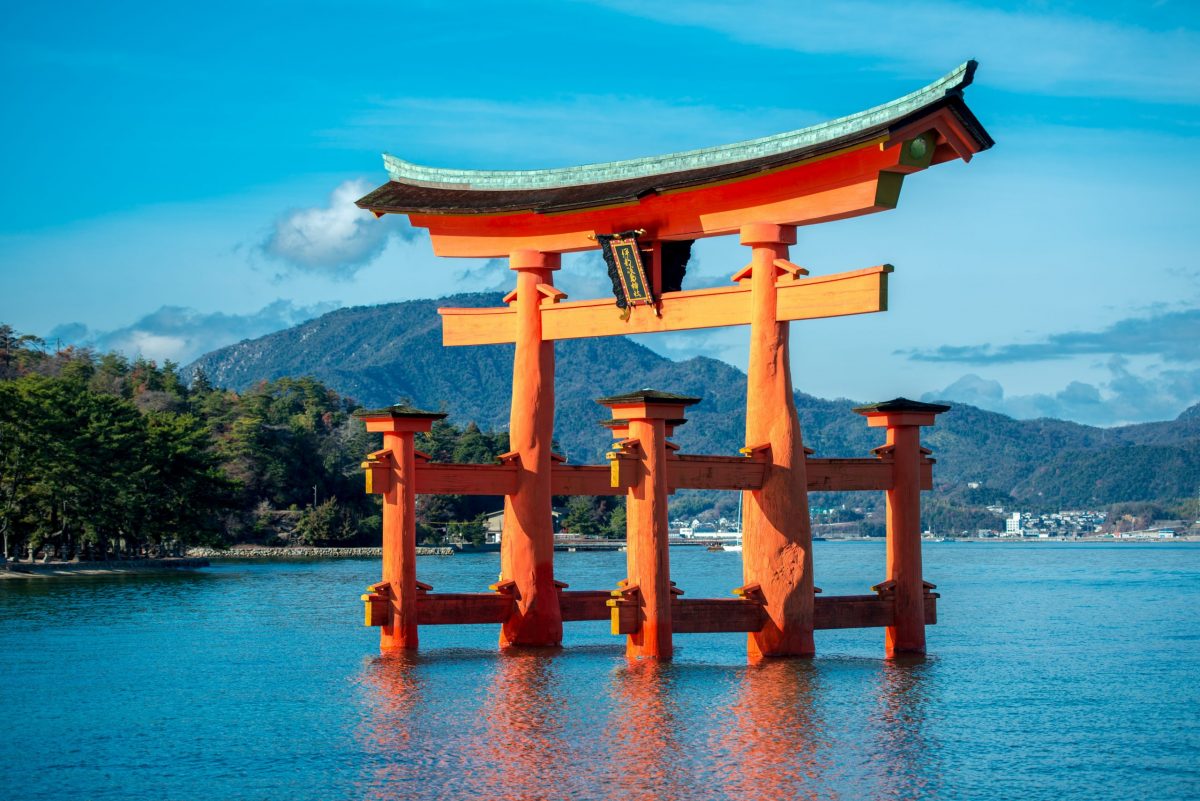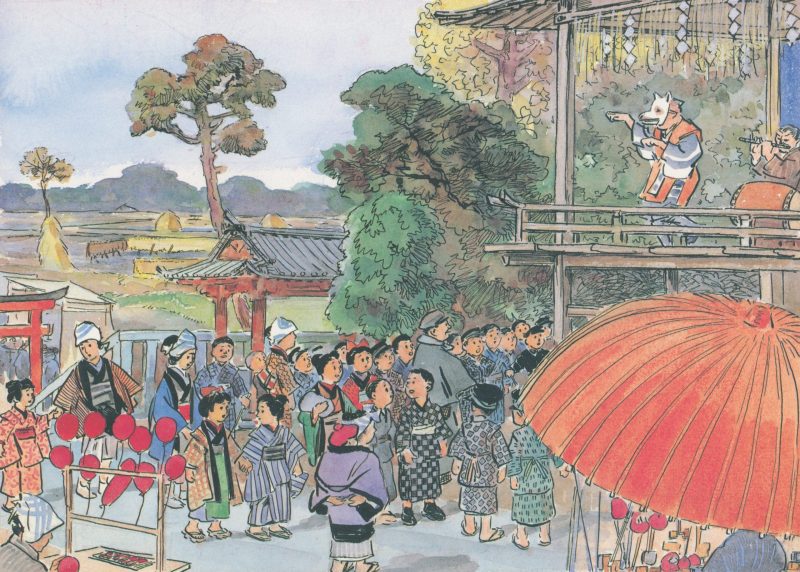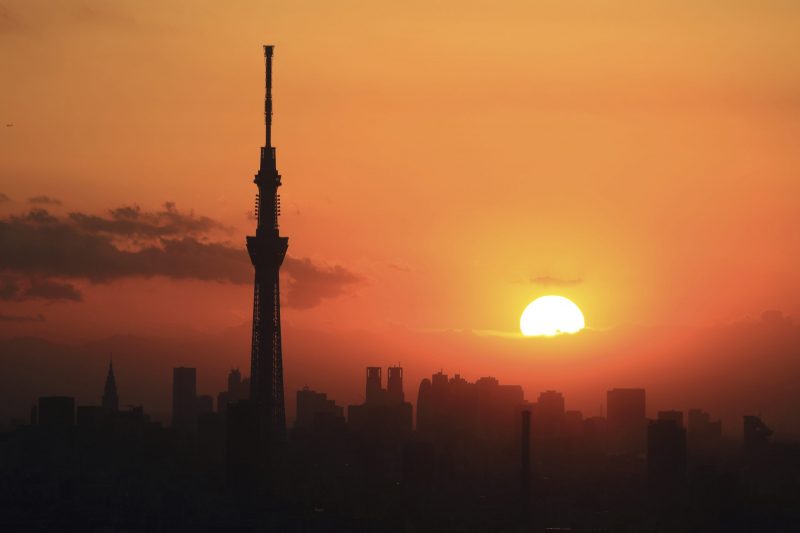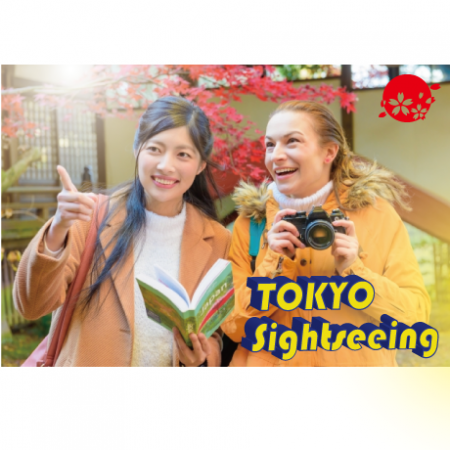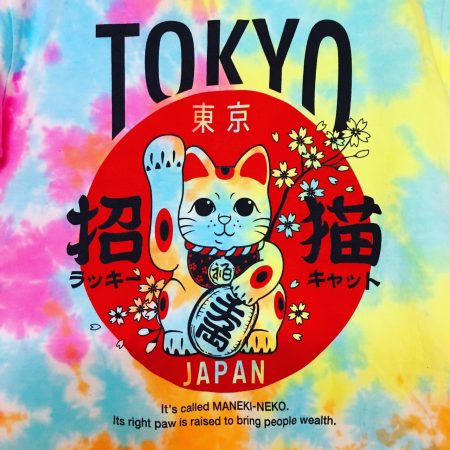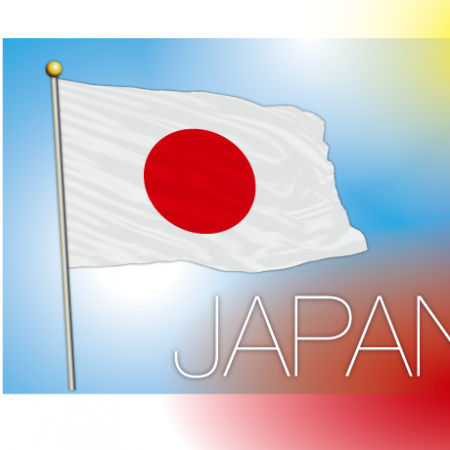History of Japan
| paleolithic period ~ Around 14000 BC
| 120,000 years ago | In 2009, a stone tool found at the top of 120,000 years ago was excavated at the Sunahara site in Izumo city. |
| 90,000 years ago | Stone tools were excavater from the soil layer the Kintori site in Iwate prefecture in 2007 | |
35,000 years ago | In 1979 , 400million stone tools were excavated from the Musahidai site in Tokyo | |
| Jomon Period Around 16500 BC-Around 3000 BC | 16500 years ago | The Jomon archaeological site in Aomori was designated as a national historic site in 2013 |
| About 12,000-5,000 years ago | Torihama shell mound in Fukui prefecture (designated as a national important cultural property) | |
| More than 20 Jomon archaeological sites have been excavated in Tokyo | ||
| Yayoi Period 1000-350 BC | Around 400 BC | Yoshinogari ruins in Saga prefecture. Currently the national Yoshinogari Historical Park |
| Around 100-350 | Mukibanda Yayoi Site in Tottori Prefecture | |
| Year 0 | There are also ruins in Tokyo such as the pottery mound ruins in Meguro-ku, Tokyo | |
| Kofun period Around 300-700 | Around 300 | Tsujihata Kofun (Takaosan Kofun) in Numazu City is the oldest in Japan |
| Around 360 | Sumo was being held around this time | |
| Around 400 | Hashihaka Kofun in Nara Prefecture. The connection with Yamatai country is also being studied | |
| Also are Kofun in Tokyo | ||
| Asuka period 592 – 710 | 593 (first year of Empress Suiko) | prince Shotoku of the Soga clan rules Japan and promotes Buddhism |
| 645 | Shotoku is succeeded by Kotoku Tenno, who strengthens imperial power over aristocratic clans (Taika Reform), turning their states into provinces | |
| 701 (5th year of Emperor Monmu)) | [Taiho Code] The centralized control system with the emperor at the top is completed. Establishment of ancient nation. | |
| Nara period 710– 794 | 708 | Issuance of Wadokaichin (silver coin) as Japan's first currency |
| 723 | Enactment of the Third Generation Law (Sanze Isshin) | |
| 743 | Enactment of the Private Property Law for Einen Shibata. Allow long-term privatization of land that you have cultivated | |
| The oldest books "Kojiki" (myth) and "Nihon Shoki" (history book) | ||
| Performing arts collection "Manyoshu" | ||
| Since Japan was the final destination of the Silk Road, treasures of the continent gathered | ||
| Heian period 794– 1185 | 804 (23rd year of Enryaku) | the Buddhist monk Saicho (Dengyo Daishi) and Kukai (Kobo Daishi) to study on the continent as a mission to Tang |
| 866 (8 years of Jōgan) | Mount Fuji erupts | |
| 939 | Taira no Masakado names the new emperor. Trying to create the only independent nation in Japanese history | |
| 1007 | Murasaki Shikibu's "The Tale of Genji" completed | |
| 1180 | Genpei War (6 years of large-scale civil war) Eventually moved to the Kamakura Shogunate with the victory of Genpei | |
| Kamakura period 1185– 1333 | 1192 | the emperor appoints Yoritomo as "shogun" (military leader) with residence in Kamakura (bakufu system of government) |
| 1235 | A privately selected wakashu "Hyakunin Isshu" by Fujiwara no Teika | |
| 1333 | emperor Go-Daigo defeats the Kamakura shogunate, restores imperial power and moves the capital to Muromachi (near Kyoto) | |
| Muromachi period 1336– 1573 | 1336 | Ashikaga Takauji captures Kyoto and forces Go-Daigo to move to a southern court (Yoshino, south of Kyoto) |
| 1429 | Sho Hashi establishes the Ryukyu Kingdom(OKINAWA) | |
| (Sengoku period) Warring States period 1467(1493)– 1590 | 1457 | Ota Dokan builds Edo Castle |
| 1467 | Onin War (until 1477) The beginning of the Warring States period | |
| 1543 | Firewarms are introduced by a shipwrecked Portugese | |
| 1549 | the Catholic missionary Frances Xavier reaches Japan | |
| 1573 | the daimyo Oda Nobunaga overthrows the Muromachi bakufu and extends his control over most of Japan | |
| Azuchimomoyama period 1573– 1603 | 1576 | Nobunaga Oda builds Azuchi Castle |
| 1582 | Nobunaga is murdered and is succeeded by Toyotomi Hideyoshi | |
| 1583 | Toyotomi Hideyoshi builds Osaka Castle | |
| 1590 | Toyotomi Hideyoshi reunifies and pacifies Japan | |
| 1600 | at the battle of Sekigahara, Tokugawa Ieyasu, a friend of Hideyoshi and Nobunaga, defeats the other contenders to the leadership of Japan | |
| Edo period 1603– 1868 | 1603 | the emperor appoints Ieyasu as shogun, who moves his government to Edo (Tokyo) and founds the Tokugawa dynasty of shoguns |
| 1612 | Tawaraya Sotatsu completes The Folding Screen Of Fujin And Raijin (God Of Wind And Thunder) | |
| 1639-1854 | period of isolation Sakoku refers to the policy of national isolation during the Tokugawa Shogunate. | |
| 1685 | Yoshitsuna Tokugawa enforces decree of mercy on living creatures | |
| 1689 | Matsuo Basho <Oku no Hosomichi> | |
| 1707 | Mount Fuji erupts | |
| 1787 | Matsudaira Sadanobu reforms Kansei | |
| 1853 | American Perry arrives at Uraga Port | |
| A large amount of gold and silver flowed out to the U.S., and domestic gold and silver holdings plummeted. Before the treaty, even the common people had unparalleled wealth in gold and silver, but with this opportunity, they became an impoverished nation. | 1854 | the USA forces Japan to sign a trade agreement ("treaty of Kanagawa") which reopens Japan to foreigners after two centuries |
| 1866 | Ryoma Sakamoto mediates the Satcho Alliance | |
| 1867 | Keiki Tokugawa/ Yoshinobu ascends to the shogunate in Kyoto while emperor Komei dies and is succeeded by the 14-year old son Mutsuhito | |
| Meiji period 1868 – 1912 | 1868 | Choshu and Satsuma force the shogun Yoshinobu to resign, the Tokugawa dynasty ends, and the emperor (or "mikado") Meiji is restored, but with capital in Edo/Tokyo and divine attributes |
| Japan's financial difficulties led to the adoption of the solar calendar. In Japan, we used to use the Japanese calendar, which has 13 months in a year. | 1872 | Japan grants religious freedom and adopts the Gregorian calendar |
| With the backing of the Rothschilds, Japan creates the Central Bank of Japan. In this way, Japan, a financially troubled and untrustworthy country, will gain the trust of the Rothschilds and regain its national power. | 1873 | Eiichi Shibusawa founds a private bank from Japan (currently Mizuho) |
| As of 2020, Japan's central bank, Japan's major corporations, and even politicians are still under the influence of the same family, and the rulers are reaping the benefits, while the income of the Japanese people continues to decline. | 1885 | Cabinet system established, Hirobumi Ito appointed as the first Prime Minister |
| 1890 | Promulgation of the Constitution of the Empire of Japan | |
| Taishou period 1912-1926 | 1910-1926 | Occurrence of "Taisho Democracy", which is the cornerstone of the development of democracy |
| 1914-1918 | World War I, the world's first global war, broke out | |
| 1923 | the great Kanto earthquake devastates Tokyo(M7.9) | |
| Syouwa period 1926-1989 | 1927 | Tokyo subway opens |
| 1939-1945 | The Soviet Union and Japan fight a border war at Nomonhan that leaves 18 thousand Japanese dead See the timeline for World War II | |
| Seventy-five years later, it is still in effect, and Japan's unique identity continues to be violated. | 1946 | The Japanese Constitution is promulgated under the influence of the victorious United States. |
| about 1955 | Black-and-white TVs, refrigerators, and washing machines become commonplace in households. | |
| 1958 | Tokyo Tower completed. | |
| 1964 | Tokyo Olympics held. | |
| 1972 | Return of Okinawa from the U.S. | |
| 1983 | Nintendo releases the Family Computer. | |
| Heisei period | 1989 | Consumption tax will be introduced for the first time.(3%) |
| 1989-2019 | 1990 | Deterioration of the Japanese economy, collapse of the bubble economy |
| 1991 | Introduction of a two-day workweek for workers | |
| 1994 | Sony launches PlayStation®. | |
| 17th Jan 1995 | Great Hanshin-Awaji Earthquake (Jan 1995) | |
| 1995 | PCs became popular with the release of Windows 95. | |
| 1997 | TOYOTA Launches Eco-Friendly Prius | |
| 2002 | Soccer World Cup to be held jointly by Japan and South Korea | |
| 2006 | The term "disparate society" becomes a buzzword. | |
| March 11, 2011 | Tohoku earthquake | |
| Reiwa | 2020 | Coronavirus locks down the world simultaneously |
| 2020- |
source1:https://en.wikipedia.org/wiki/History_of_Japan
source2:ウィキペディア日本の歴史
It contains many of my own views.



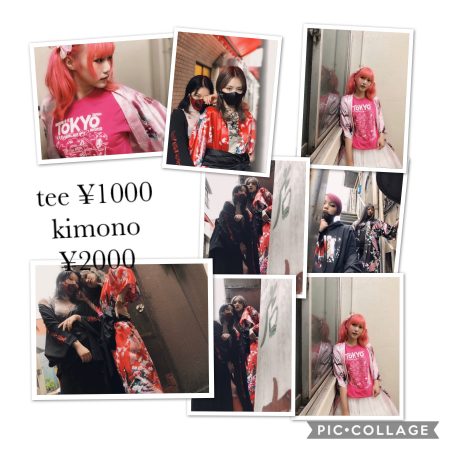


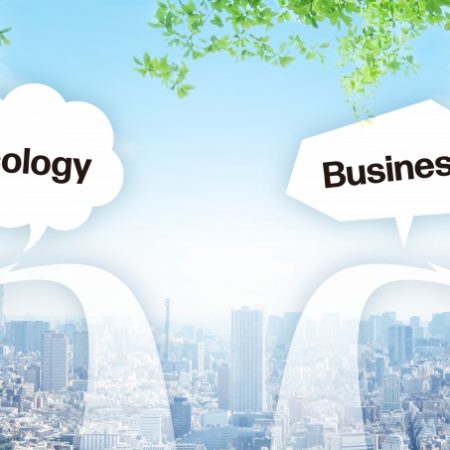
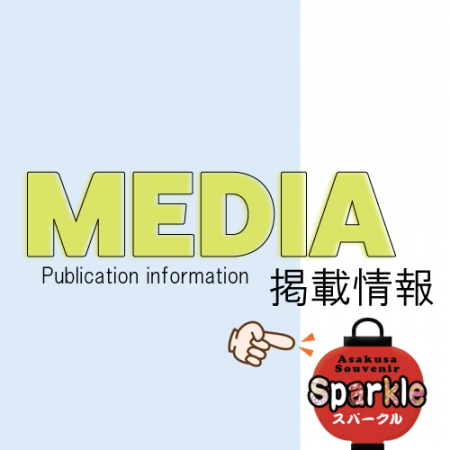
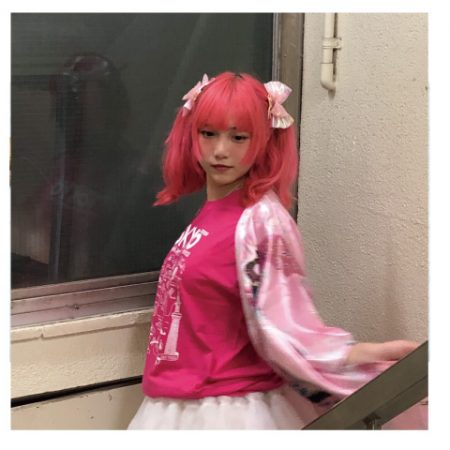
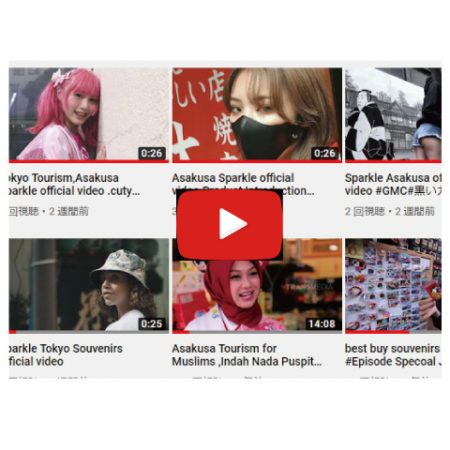

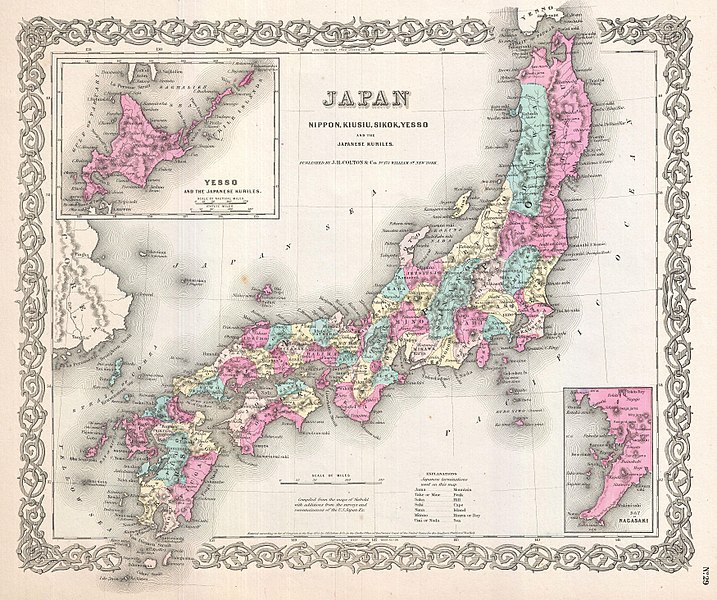

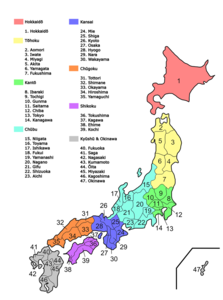 Japan is an island nation consisting of a stratovolcanic archipelago of more than 3,000 km (1,900 miles) along the Pacific coast of East Asia. 6,852 islands make up the archipelago.
Japan is an island nation consisting of a stratovolcanic archipelago of more than 3,000 km (1,900 miles) along the Pacific coast of East Asia. 6,852 islands make up the archipelago.